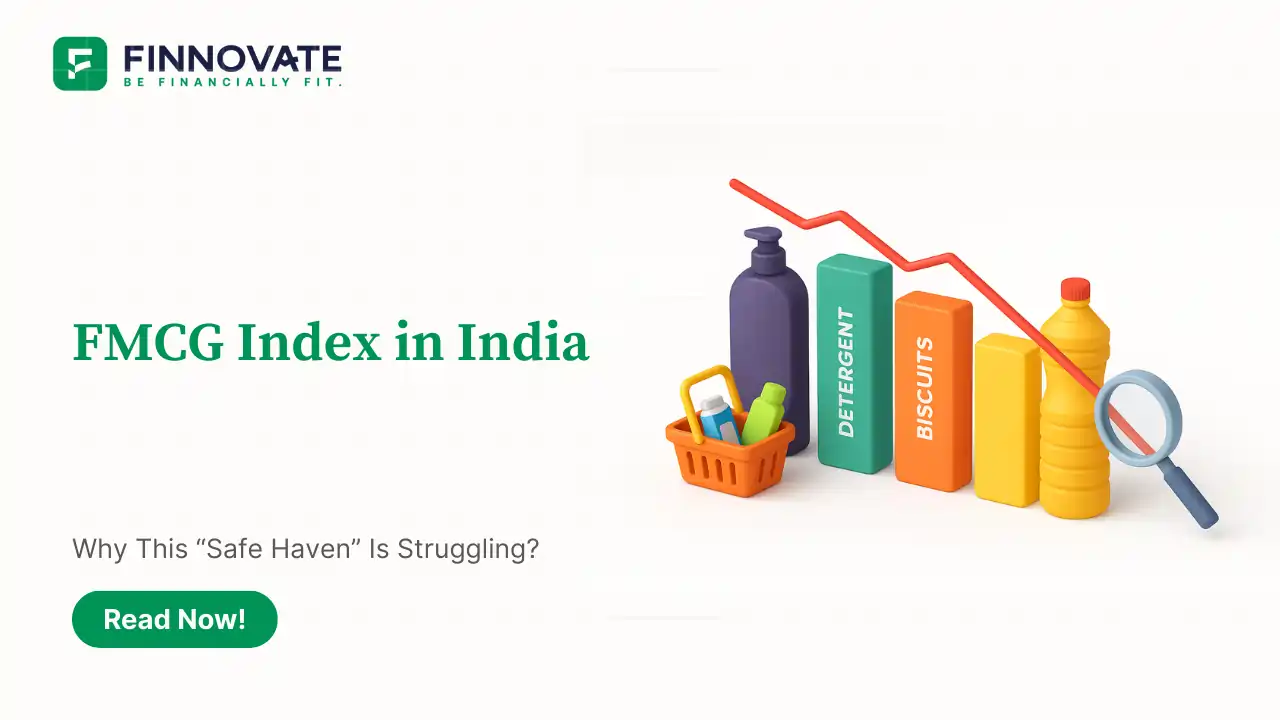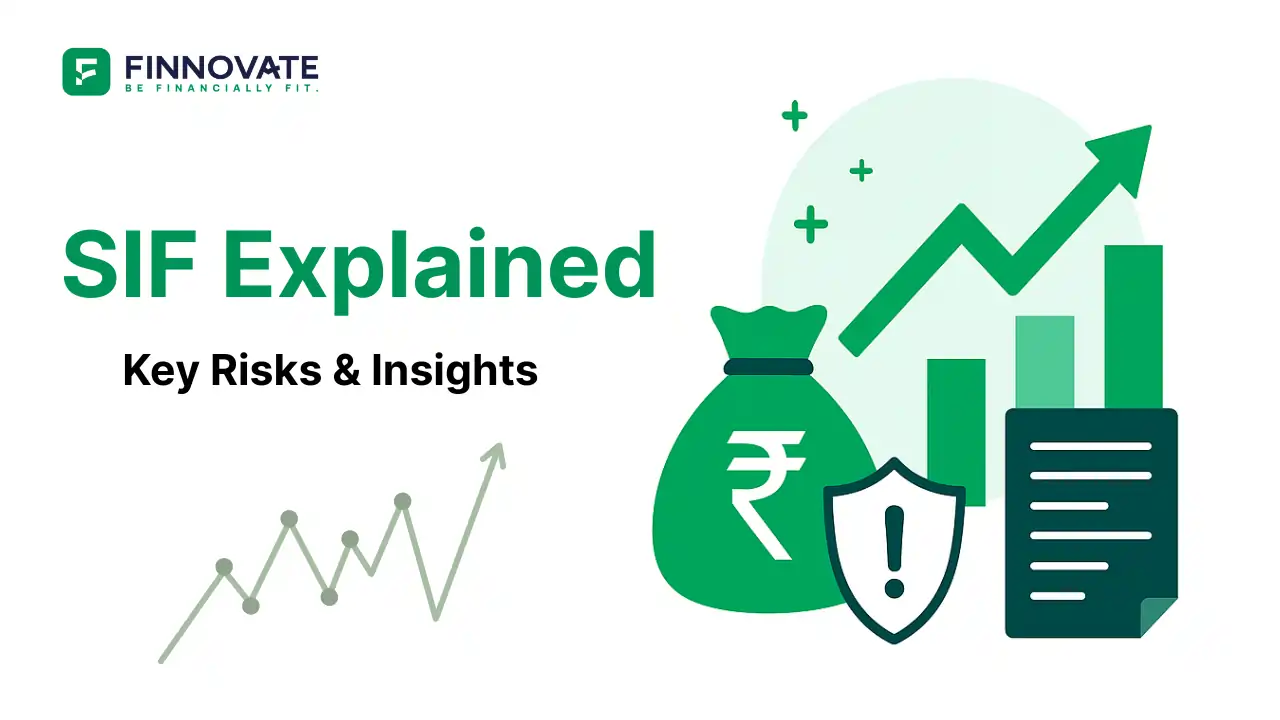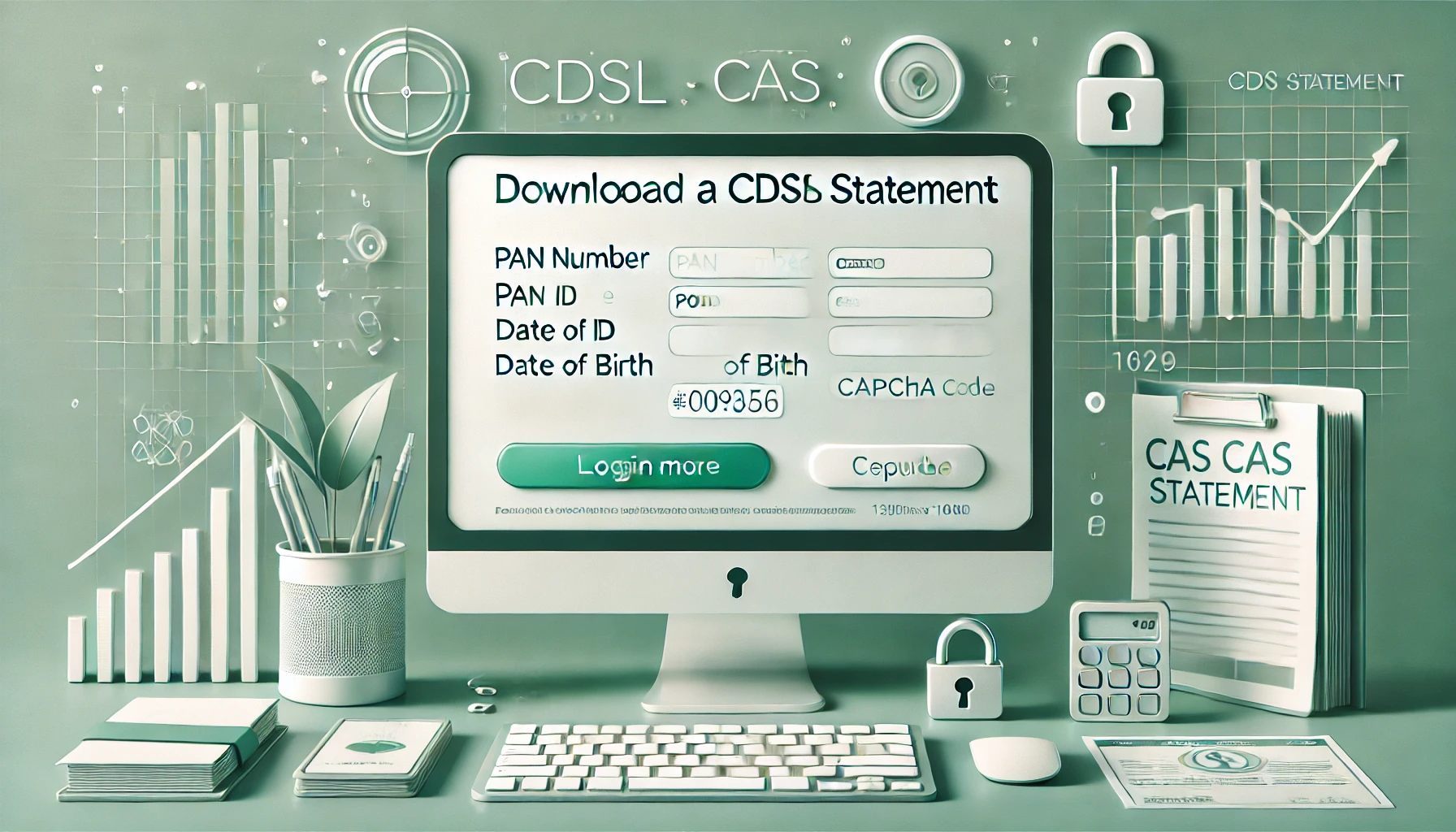
Why the FMCG Index in India Is Struggling Now
The FMCG index in India has slipped from its 2024 peak. See what changed in volumes, prici...
If you thought elephants cannot dance, think again. Reliance Industries Ltd. (RIL) continues to defy conventional wisdom. Its Q2FY26 results show that size is no barrier to growth. Despite a massive revenue base and multiple business verticals, Reliance has once again delivered strong performance across segments.
At a time when global headwinds and tariff shocks have challenged many large Indian corporates, Reliance has managed to sustain double-digit growth in both its top line and bottom line. The company’s focus on digital, retail, and energy diversification continues to pay off, helping it maintain strong cash flows and profitability.
For the quarter ended September 2025, Reliance reported a 14.3% year-on-year (YoY) rise in net profit to ₹22,092 crore. Earnings before interest, tax, depreciation, and amortisation (EBITDA) also grew by 14.6% to ₹50,367 crore, while total revenues were up 10% at ₹2.84 trillion.
The growth was broad-based, led by strong showings from Jio Platforms and Reliance Retail, while the Oil-to-Chemicals (O2C) business contributed steady profits amid a volatile global energy environment. Finance costs rose to ₹6,827 crore, mainly due to the activation of 5G spectrum assets.
Despite the higher borrowing costs and capex intensity, Reliance has continued to deliver consistent profitability - a clear sign of its diversified business model and execution strength.
Jio Platforms remains Reliance’s biggest growth engine. For Q2FY26, Jio posted a 12.8% increase in net profit to ₹7,379 crore and a 14.9% rise in revenue to ₹42,652 crore.
The company also crossed a major milestone - over 50 crore subscribers - cementing its leadership in India’s mobile and broadband markets. Average revenue per user (ARPU) improved to ₹211.40 from ₹195.10 a year ago and ₹208.80 in the previous quarter, reflecting better pricing and higher customer engagement.
Jio’s operating margins expanded by 140 basis points, driven by efficiency gains, steady ARPU growth, and rising adoption of premium data plans. As 5G rollout continues across India, Jio is well positioned to sustain this performance.
If Jio drives margins, Reliance Retail continues to power the group’s sales engine. In Q2FY26, Reliance Retail reported 18% growth in sales to ₹90,018 crore, led by strong demand in grocery, fashion, and consumer electronics.
The company added 412 new stores during the quarter, bringing its total store count to 19,821 across India, covering over 78 million square feet of retail space. The expansion reflects Reliance’s aggressive focus on Tier-II and Tier-III cities, as well as omnichannel integration through JioMart and online platforms.
Profit growth was moderate due to higher front-end expenses and store setup costs, but operating EBITDA still grew 16.5% year-on-year, reflecting scale efficiency and steady same-store performance.
Reliance Retail Ventures, which houses a third of the group’s retail operations, continues to position itself as a formidable FMCG player in India - bridging offline, online, and last-mile delivery ecosystems.
Reliance’s legacy business, the Oil-to-Chemicals (O2C) division, delivered stable numbers amid a challenging global environment. Segment revenues grew by 3.2%, while EBITDA rose 20.9%, supported by stronger polyester chain margins and better product spreads.
This performance highlights the company’s ability to maintain profitability even when crude prices and refining spreads fluctuate. The integration of refining, petrochemicals, and downstream businesses continues to offer strategic advantages.
Reliance has also diversified its portfolio into renewable energy and green hydrogen, aiming to reduce cyclicality and capture new growth opportunities in clean energy solutions.
Reliance currently carries gross debt of ₹3.48 trillion and net debt of ₹1.18 trillion, after accounting for its strong cash reserves. This marks a re-leveraging from its zero-net-debt position achieved in 2021.
The rise in leverage is linked to ongoing capital expenditure - ₹40,010 crore in Q2FY26 - mostly towards 5G deployment, retail expansion, and the new energy business. While these investments temporarily inflate debt, they are strategically aligned with long-term value creation.
Most of the heavy lifting in the O2C and Jio 5G segments is already done, suggesting that cash flows could strengthen in coming quarters. However, future investments in renewable energy and infrastructure may keep the capex cycle active.
Reliance’s Q2FY26 performance reaffirms why it remains India’s most diversified and resilient corporate. The company continues to execute on multiple growth fronts - from telecom and digital to retail and energy - without losing financial discipline.
While near-term debt levels and high capex may raise questions, the long-term growth story remains intact. For investors and analysts, the real trigger to watch will be how Reliance transitions its new energy vertical into the next big growth driver.
As of now, the Reliance juggernaut continues to surge ahead - balancing scale, strategy, and sustained profitability.
Disclaimer: This article is for educational and informational purposes only. It should not be considered investment advice or a recommendation to buy or sell any securities.
Popular now

Learn how to easily download your NSDL CAS Statement in PDF format with our step-by-step g...

Explore what Specialised Investment Funds (SIFs) are, their benefits, taxation, minimum in...

Learn How to Download Your CDSL CAS Statement with our step-by-step guide. Easy instructio...

Analyzing the potential economic impact of the 2025 India-Pakistan conflict on India's GDP...